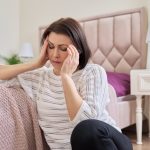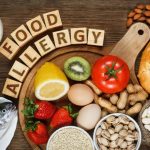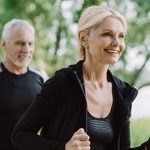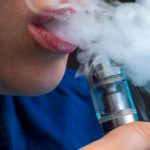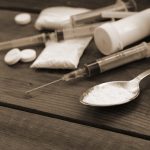
Hormone replacement therapy can safely ease middle-aged women’s symptoms during early menopause, data from a major women’s health study show. Women younger than 60 can use hormone replacement to treat symptoms like hot flashes and night sweats without significantly increasing their risk of breast cancer or other health problems, according to long-term results from the Women’s Health Initiative (WHI). “The WHI findings should never be used as a reason to deny hormone therapy to women in early menopause with bothersome menopausal symptoms,” said lead researcher Dr. JoAnn Manson, chief of preventive medicine at Brigham and Women’s Hospital in Boston. “Many women are good candidates for treatment and, in shared decision-making with their clinicians, should be able to receive appropriate and personalized healthcare for their needs,” Manson added in a hospital news release. The WHI involved more than 160,000 postmenopausal women ages 50 to 79. The study tracked their rates of heart disease, cancer and hip fractures, and also included randomized clinical trials of more than 68,000 women to test potential aging treatments like hormone therapy or calcium and vitamin D supplementation. Prior to the WHI, studies had reported that older women who took hormone therapy had lower risks of heart disease, stroke, dementia, chronic disease and death, researchers said in background notes. A WHI clinical trial slammed the brakes on hormone replacement therapy in 2002,… read on > read on >











